Toxic Cyanobacteria Amongst Us
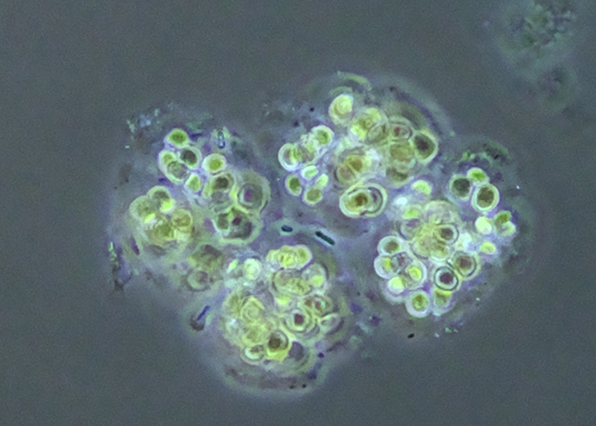
Here
Cyanaobacteria, also referred to as blue-green algae (cyano means blue in Greek), have been a concern at Georgica Pond since 2012. A natural part of the ecosystem, they are an ancient unique life form. Why did they start to become a problem and what causes them to explode into blooms and turn the pond green? The Gobler Lab at the School of Marine and Atmospheric Sciences (SoMAS) Stony Brook University has been monitoring and studying cyanobacteria at Georgica Pond and Island-wide for over a decade.
At least two genera have been identified at Georgica Pond, Microcystis and Dolichopermum, both of which can form cyanobacterial harmful algal blooms (CHABs) and can produce biotoxins. Worldwide there are 3,000 cyanobacterial species identified to date, but there are probably more.
Research by the Gobler Lab indicates that nitrogen and phosphorous entering the pond from septic systems and landscaping/farming is the key factor that triggers explosive cyanobacteria growth. Thanks to actions by FOGP including the aquatic weed harvester and all the homeowners who have installed low-nitrogen septic systems (I/A systems) and reduced their use of nitrogen and phosphorous in their landscaping, cyanobacteria blooms have become much less common than they were a decade ago.
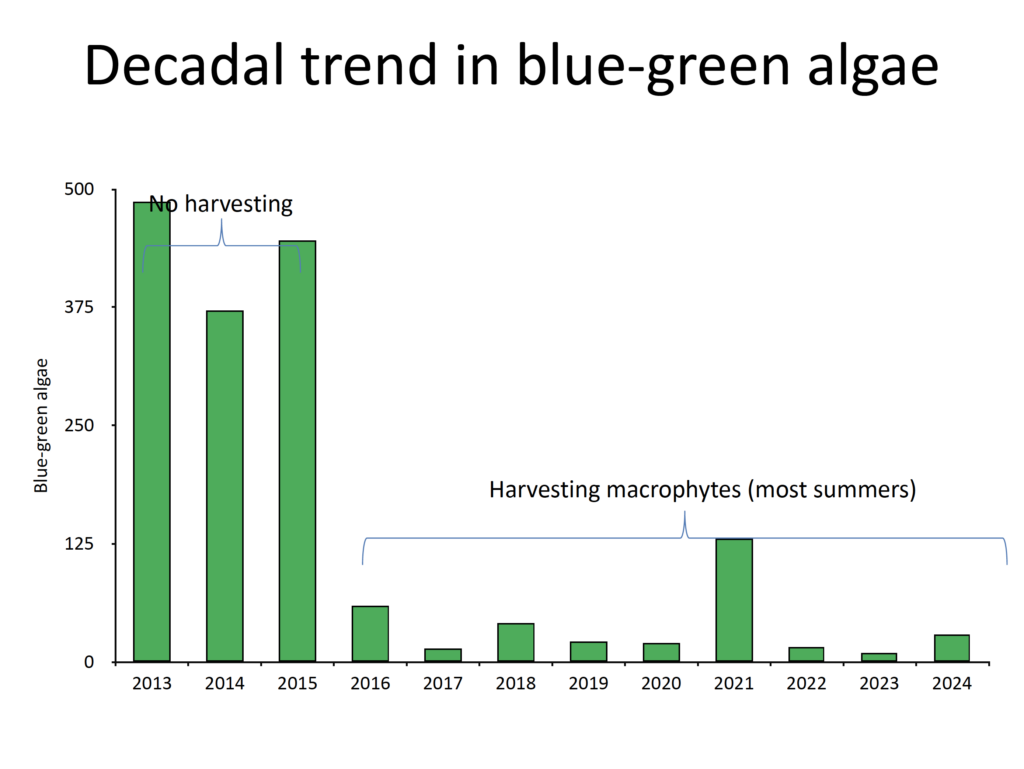
There
In New York, Lake Erie is a global poster child for cyanobacteria blooms and toxic blooms have been measured at The Lake in Central Park. Neither of those bodies of water have much in common with Georgica Pond, but coastal ponds in Marthas Vineyard and Nantucket do, as does Lake Agawam in Southampton and nearby Wainscott Pond. Active management to restore Lake Agawam is underway by our partner, the Lake Agawam Conservancy, and a program to restore Wainscott Pond may be possible in the future.
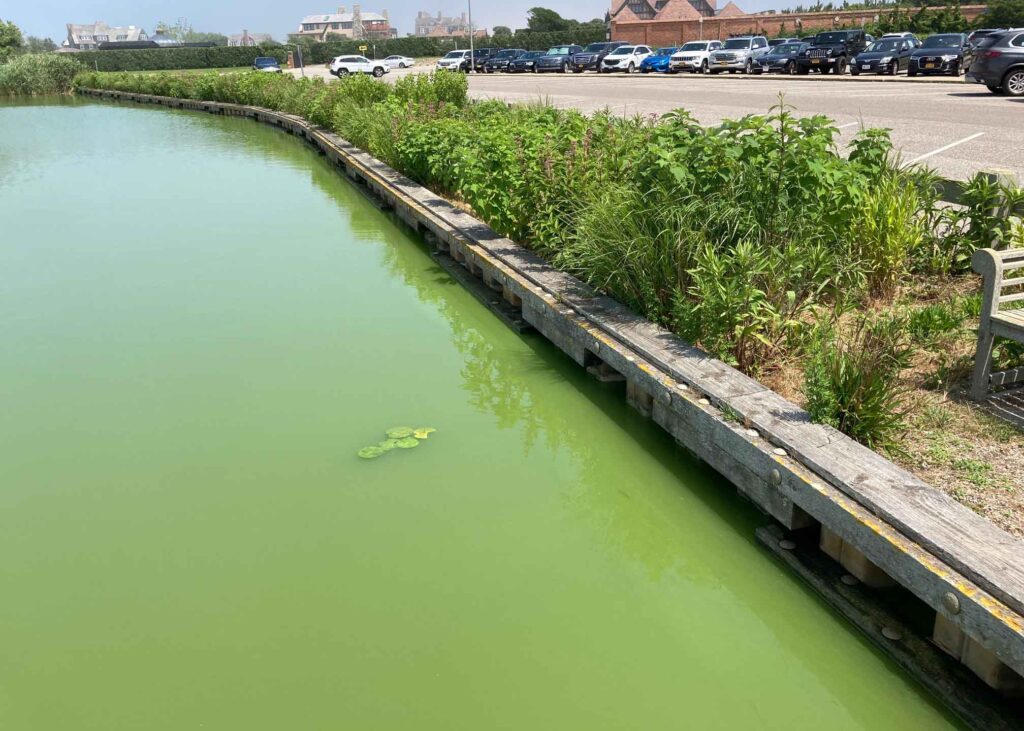
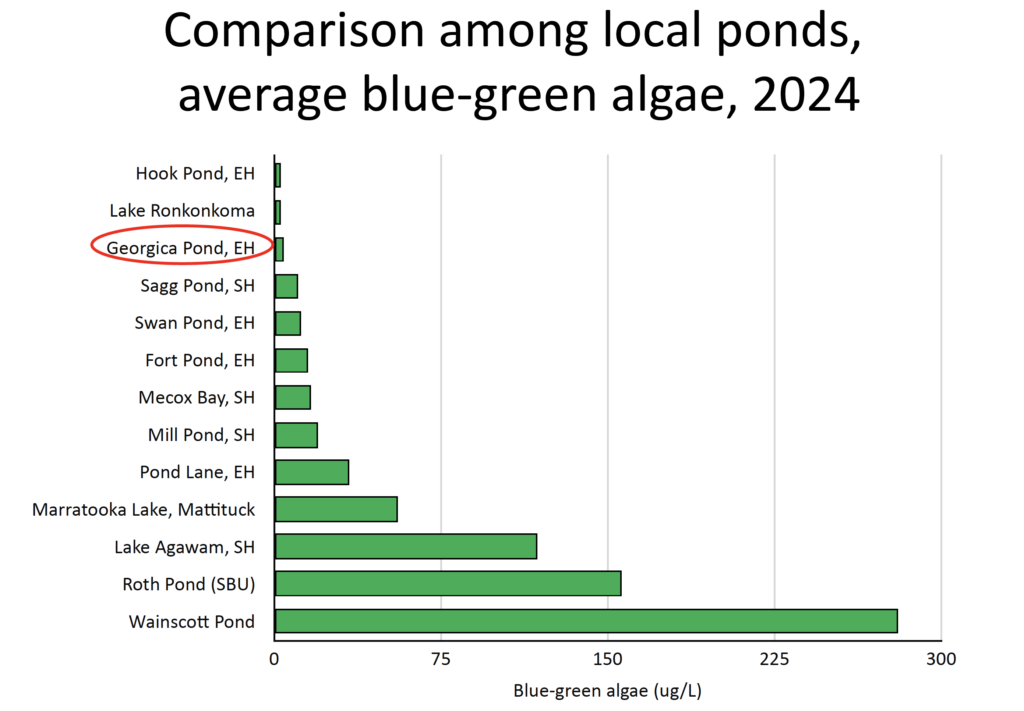
Everywhere
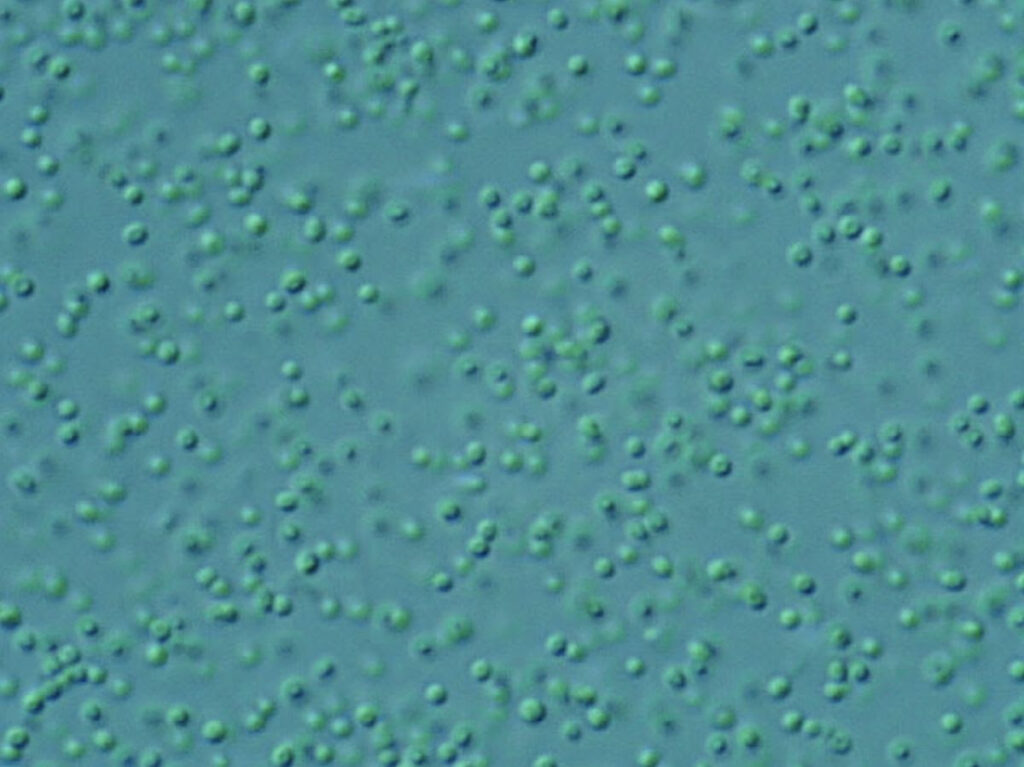
The cyanobacteria Prochlorococcus, which inhabits oceans is the most abundant photosynthetic organism on Earth and produces approximately 20% of the earth’s atmospheric oxygen. We are clearly dependent on it for life. In fact, cyanobacteria have been found in salt, brackish and fresh water, hot springs, land, and in symbiotic relationships with many organisms. Cyanobacteria have been recorded on all the continents, even Antarctica.
The message here is that cyanobacteria are part of our natural environment and sometimes can be very beneficial and sometimes toxic. With a changing climate, their role could be changing too.
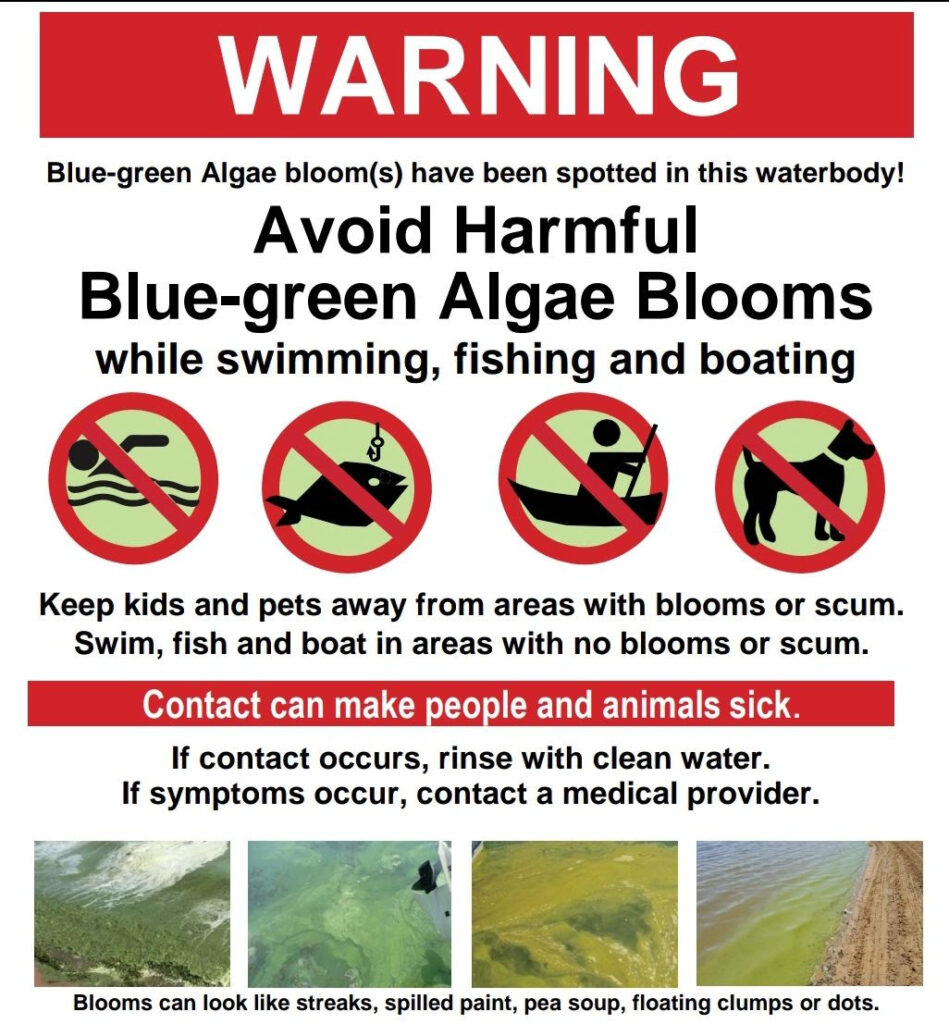

Avoid any waterbody where a bloom is present and if you, a child, or pet is exposed, wash off the exposed area immediately.
